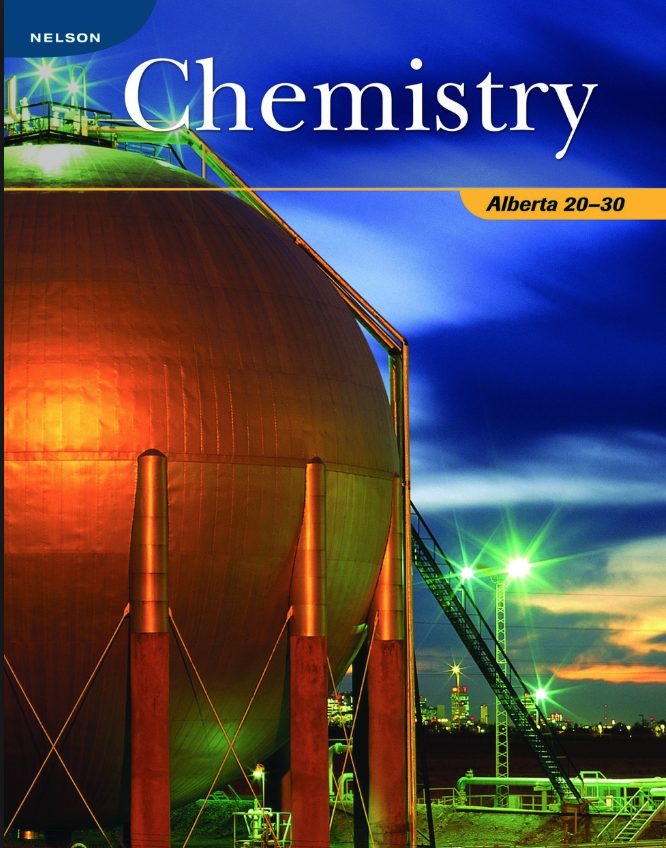Lesson 1. Solutions and Molarity
1. Introduction: Properties of Solutions
Solutions are homogenous mixtures of two or more elements or compounds. Pure substances are substances that cannot be separated by physical processes. Elements and compounds are pure substances. Any mixture of pure substances that is the same throughout is a homogeneous solution. Homogenous solutions can be as found as solids dissolved in liquids, liquids dissolved in liquid, gases dissolved in liquids, gasses dissolved in gases, or solids dissolved in solids. The substance that gets dissolved in the mixture is called the solute, the substance that does the dissolving is called the solvent of the solution.
The heterogeneous mixtures are not the same throughout as you can see their components. Ex. tomatoes in a bowl of salad.
Many ionic compounds in solution react easily with each other in double-replacement reactions to form precipitates. Ionic compounds are most soluble in polar solvents, i.e. H2O(l). Polar solvents bind more strongly to the individual solute ions. The solute is effectively pulled apart into individual ions increasing the surface area between reacting particles. These solute ions are now free to react with other ions in the solution. In the case of a double-replacement reaction, the evidence of ta chemical change is seen with the formation of a precipitate.
Key Concepts
Solution, solvent, and solute
Endothermic and Exothermic reaction
Electrolytic solutions
Molar Concentration
Dilution
